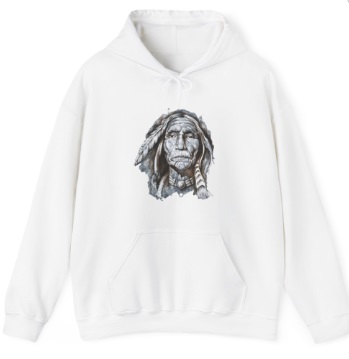Candied Smoked Salmon Native American Recipe

Today we will share with you how to make Candied Smoked Salmon.
The dried salmon is mostly common with tribes from Alaska and those tribes along the North Pacific coastline.
Dried meat has been a way of survival for Native Americans and a food delicacy that is enjoyed today. The drying of meat allowed for Native Americans to store food for longer periods of time and create food resources for the tribes.
The name for this recipe has been called – “Indian Candy”.
There are many different twists on the recipe now but it involves a very similar process in all ways. The first is you need to have Salmon which is the main ingredient. You then prepare the salmon by taking out the bones and skin and cutting the salmon into chunks.
After salmon is prepared, you have to place salmon chunks into a brine which will marinate for 12-24 hours. After this process you hang the salmon to dry. Once it is dry you can already consume the salmon, but it will give it an awesome taste if you smoke it for another 6-7 hours.
One of the many versions of Candied Salmon or Indian Candy
Instructions
Remove the pin bones from the fillet.
Cut the salmon into chunks.
Mix the marinade ingredients together in a small saucepan. Heat until sugar is dissolved then Cool.
Pour the marinade over the salmon chunks, cover and refrigerate over night, stirring occasionally.
Rinse the salmon and pat dry with paper towels.
Optional: Cold smoke for 6 hours and refrigerate, covered, overnight.
Preheat the smoker to 180 F.
Brush the salmon with the maple syrup or diluted honey.
Smoke the salmon to an internal temperature of 140 F, brushing every 1/2 hour with maple syrup or diluted honey.
Let cool and serve cold.












3 Responses
[…] movement that came about in the late 1880s when conditions were bad on Indian reservations and Native Americans needed something to give them […]
[…] helps white blood cells produce cytokines—proteins that help clear flu viruses out of the body. Salmon, mackerel, and herring are rich in omega-3 fats, which reduce inflammation, increasing airflow and […]
[…] The salmon said, “I will bury it I the bottom of the sea.” […]